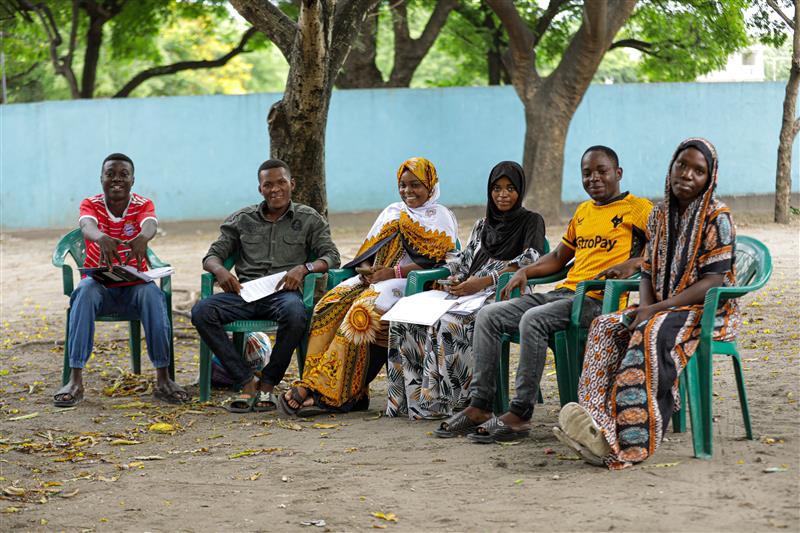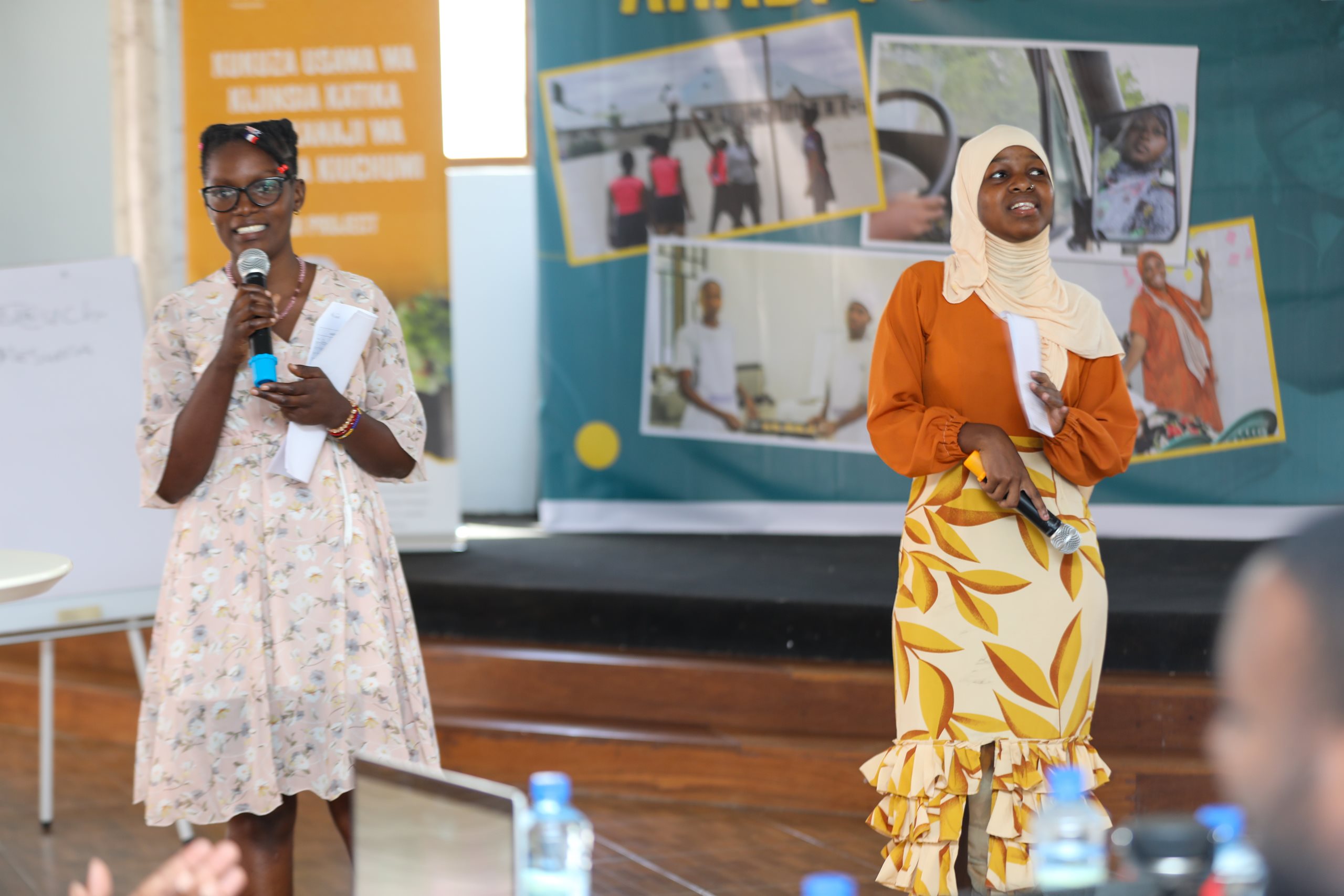Written by Natalie Fisher-Spalton, Gender Technical Specialist, World Vision Canada and Sophia Papastavrou, Gender Technical Specialist, World Vision Canada
Sexual and gender-based violence (SGBV), particularly intimate partner violence (IPV) against adolescent girls, is a gross human rights violation and public health concern worldwide. A recent study published in The Lancet underscores the alarming prevalence of IPV among adolescent girls. It highlights the urgent need for comprehensive policies and interventions to combat this violence and promote gender equality.
According to the World Health Organization, more than 27 per cent of ever-partnered women aged 15–49 have experienced IPV at least once in their lifetime, with 13 per cent reporting such experiences in the past year. Alarmingly, almost one in four adolescent girls aged 15–19 who have been in a relationship have faced physical or sexual violence from a partner. The consequences of such violence are severe and long-lasting, affecting physical health, mental well-being, education and future employment opportunities.
Adolescence is a crucial developmental phase when young people are exploring notions of healthy relationships and when harmful gender stereotypes are either reinforced or challenged. Adolescent girls are particularly vulnerable to IPV due to factors like limited access to support networks, societal stigma and a lack of resources. This vulnerability is compounded by the normalization of harmful gender norms and discriminatory practices, including child marriage, which often traps girls in abusive relationships. There is evidence that child marriage, itself a form of GBV, is closely linked to higher rates of IPV, as these marriages usually involve power imbalances between young girls and older males.

When adolescent girls and boys are equipped with knowledge about their rights, their confidence increases to make decisions that are right for them.
The relationship between IPV and child marriage emphasizes the need to address the root causes of gender-based violence by implementing policies that support girls who are married before the age of 18. These policies should ensure that adolescent girls have the resources and autonomy to leave abusive relationships and access legal and social support.
Countries should advance gender equality by promoting secondary and higher education for girls, securing equal property rights for women and eliminating harmful gender norms. Higher secondary school enrollment and access to higher education are strongly associated with lower prevalence rates of IPV. Education provides girls with the knowledge and resources to resist and escape abusive relationships and challenge the social norms that perpetuate violence.
Prevention of IPV, especially among adolescents, is critical. The Sustainable Development Goals, specifically Goal 5, aim to eliminate all forms of violence against women and girls by 2030. However, IPV remains widespread, with many girls and women unable to access adequate support due to societal barriers, legal obstacles and economic dependence on their abusers.
How we are responding
Supported by Global Affairs Canada, World Vision’s AHADI project is empowering adolescent girls in Tanzania, where rates of IPV among adolescent girls are above the global average. It supports them in making decisions about their sexual and reproductive health while addressing harmful gender practices like child marriage and providing them with vocational training. AHADI also works with boys, promoting gender equality and raising awareness about SGBV.
Adolescents spoke openly about how their participation in AHADI is increasing their knowledge and self-confidence to make decisions that are right for them and to reduce risky behaviours. One girl shared, “I have gained knowledge on gender-based violence and know that if it happens to me, then I should not keep it with me. I must report it.”
Boys involved in the program also reported increased awareness of their responsibility to prevent SGBV and respect others’ boundaries. One boy shared that he now understands the importance of respecting his partner, “If they don’t want to do something, then stop and don’t do it anymore.”

Through projects like AHADI and EGC, adolescent girls are speaking up for their rights and raising awareness about SGBV.
In Mozambique, World Vision’s Every Girl Can (EGC) project, supported by Global Affairs Canada, is also coming alongside adolescents by providing safe spaces where they can learn about their rights, gain life skills and find confidence. In Nampula Province, where nearly half of all girls marry before the age of 18, early marriage and adolescent pregnancy often cut short their education and dreams.
Hortência António, a 19-year-old from Nampula, shared how EGC helped her reclaim her life after becoming a mother at 17, “If I had known about my rights earlier, I wouldn’t have gotten pregnant so young.” EGC continues to empower girls like Hortência by tackling harmful gender norms, strengthening access to education and advocating for gender equality.
These two projects show progress in changing behaviours, increasing confidence and fostering supportive environments for girls that do not tolerate SGBV. However, barriers still exist, particularly the lack of accessible services for survivors. There are challenges around reporting; survivors often face fragmented services and inadequate legal protection, and the lack of consequences for perpetrators discourages victims from seeking help.
The prevalence of IPV among adolescent girls is a pressing global issue that requires immediate action. Combating child marriage, promoting education and addressing harmful gender norms are key to reducing IPV and supporting the empowerment of girls and women. Governments and organizations must strengthen policies that protect girls, promote gender equality and provide comprehensive support for survivors of violence. Through education, community engagement and policy reform, we can foster a safer and more equitable world.